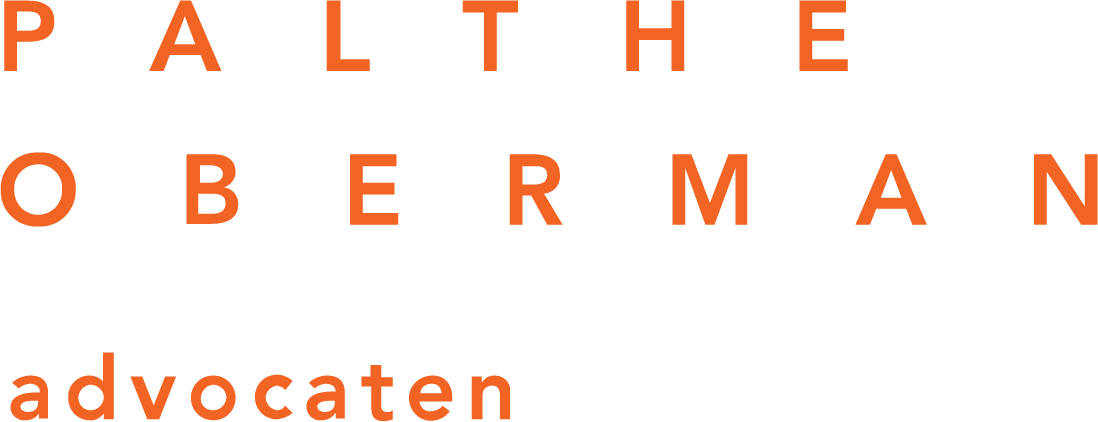On 28 September 2021, the Dutch Senate has passed the legislative proposal on a more balanced male to female ratio on management and supervisory boards, which will enter into force on 1 January 2022. This law contains a diversity quota for supervisory boards of listed companies and a target scheme for large companies. In this blog, we will discuss the measures that this law introduces.
This law aims to improve the balance between the number of men and women in the top of large companies. In general, the law contains the following three measures.
1. Diversity quota for listed companies
The law introduces a diversity quota for supervisory boards of listed companies (with a listing on Euronext Amsterdam). The composition of a supervisory board is considered balanced, if it consist of at least one third men and one third women.
As long as the composition of the supervisory board is not balanced, no supervisory board member may be appointed, if the person does not contribute to a balanced composition. An appointment that does not contribute to a balanced composition is null and void. However, a null and void appointment resolution does not affect the validity of resolutions taken by the null and void appointed supervisory board member.
The diversity quota does not apply in the case of i) a reappointment within eight years after the year of the first appointment and in the case of ii) appointments in the event of exceptional circumstances. These are circumstances in which deviation is necessary to serve the long-term interests and sustainability of the company or to ensure its viability and temporary appointments by the Enterprise Court in the context of an inquiry procedure.
2. Target schemes
The law also introduces an obligation for large companies to set appropriate and ambitious objectives, in the form of a target scheme, to improve the gender balance in the management board, the supervisory board and the sub-top of the company (to be determined). The target scheme depends on the size of the management board, the supervisory board and the sub-top.
Large companies will also be required to draw up concrete plans for achieving the targets set. Examples are a transparent recruitment and selection process or the drawing up and amendment of a profile.
An company (in the Netherlands: NV of BV) qualifies as a large company if two of the following three requirements are met: i) a balance sheet total exceeding EUR 20 million, ii) net turnover exceeding EUR 40 million and iii) an average number of employees of 250 or more over the financial year.
3. Reporting obligations
This law obliges large companies to report within ten months after the end of the financial year to the Social and Economic Council (hereafter: SER) on the progress and composition of the company. A supporting infrastructure will be developed by the SER to support companies in setting up and implementing the plans. This will serve as a monitoring system where companies report on their progress.
Exceptions for group companies
If the holding company sets targets, makes plans and reports for its group companies, the subsidiary companies are exempt. The law gives the group companies the choice to act separately or as a group.
Do you have any questions about this law? Please contact one of our lawyers.

